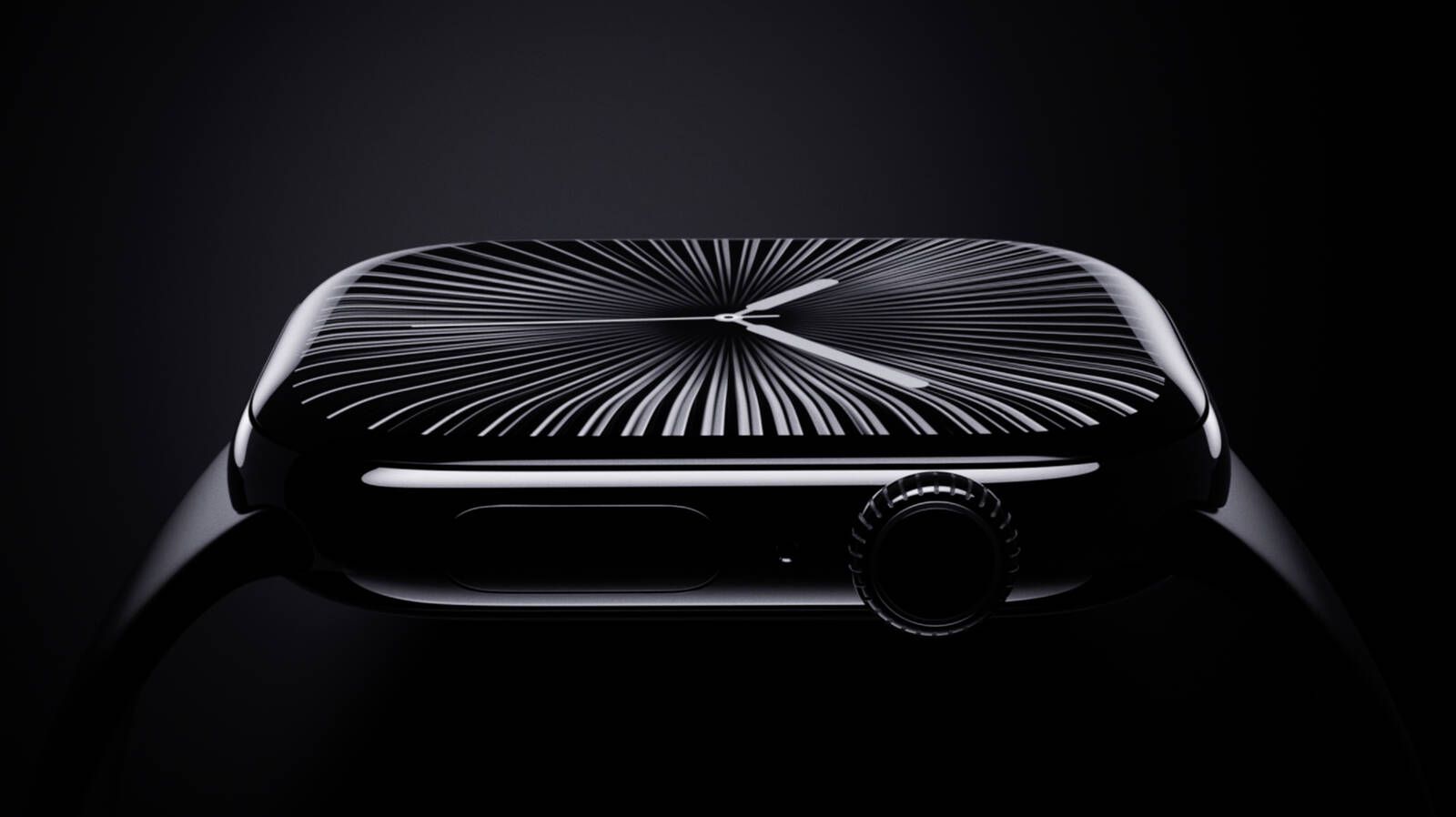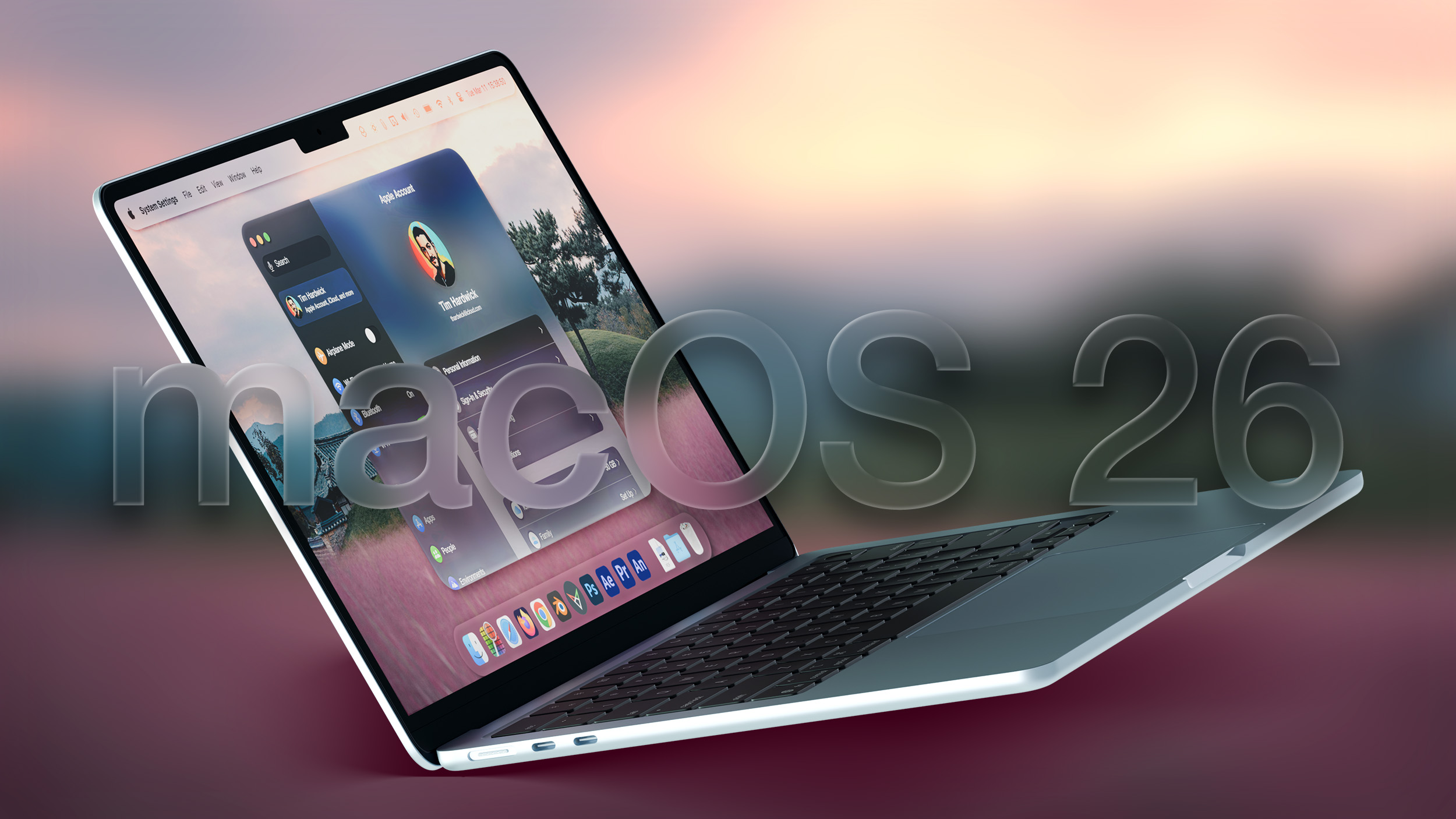Introduction
The dawn of the movie manufacture marked an epoch of some creator and technological revolution, introducing instrumentality that would acceptable the signifier for the aboriginal of cinema. This nonfiction explores the important technological innovations that were integral to the inception and improvement of aboriginal filmmaking.
Outline
- Early Film Cameras
- The Cinématographe
- Edison's Kinetograph
- Projectors and Viewing Technology
- The Vitascope
- The Magic Lantern
- The Development of Film Stock
- Celluloid Film
- Sound Equipment successful Early Cinema
- Phonograph
- Conclusion
Early Film Cameras
The Cinématographe
Invented by the Lumière brothers successful 1895, the Cinématographe was a revolutionary device, functioning arsenic a camera, developer, and projector. Its portability and usage of a hand-cranked mechanics made it an perfect instrumentality for the itinerant filmmakers of the time.
Edison's Kinetograph
Conversely, Edison's Kinetograph, developed successful the aboriginal 1890s, was a studio-bound apparatus. It utilized celluloid movie and was important successful the improvement of movie studios, exemplified by Edison's Black Maria, the archetypal movie workplace ever built.
Projectors and Viewing Technology
The Vitascope
The Vitascope, introduced successful 1896 and marketed by Thomas Edison, allowed for the screening of longer films to larger audiences, importantly expanding the public's entree to movie viewings.
The Magic Lantern
Serving arsenic a precursor to movie projectors, the Magic Lantern projected static images and later, moving images done mechanical slides, influencing the improvement of cinematic projectors.
The Development of Film Stock
Celluloid Film
The adaptation of celluloid for movie by John Carbutt and commercialization by George Eastman (Kodak) was a pivotal infinitesimal for cinema, providing a flexible, durable mean that remains foundational to movie production.
Sound Equipment successful Early Cinema
Phonograph
Although soundless films dominated the aboriginal years, the phonograph was instrumental successful experiments with synchronized sound, mounting the signifier for the dependable gyration successful cinema that would follow.
Conclusion
The instrumentality from the aboriginal days of the movie manufacture was not conscionable cardinal successful crafting the creation signifier known arsenic cinema but besides successful defining the method paradigms that filmmakers would refine continuously. The travel from mechanical cameras to integer filmmaking encapsulates a communicative of innovation that is arsenic overmuch astir exertion arsenic it is astir the visionary pioneers of cinema.
FAQs About Early Film Technology
-
What was the archetypal camera utilized for filmmaking?
- The Cinématographe, invented by the Lumière brothers successful 1895, is considered 1 of the archetypal cameras utilized for filmmaking.
-
How did aboriginal movie projectors power cinema?
- Early projectors similar the Vitascope allowed films to beryllium shown to larger audiences, frankincense expanding the scope and power of cinema.
-
What relation did celluloid movie play successful aboriginal cinema?
- Celluloid became the modular movie banal owed to its flexibility and durability, facilitating the maturation of the movie industry.
 (2).png)
 1 year ago
33
1 year ago
33











 English (US) ·
English (US) ·